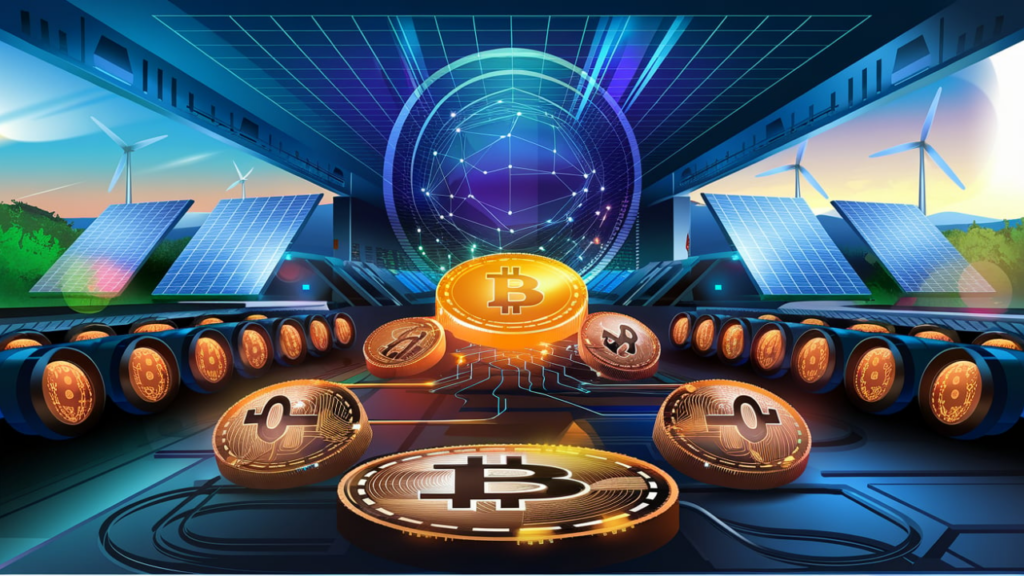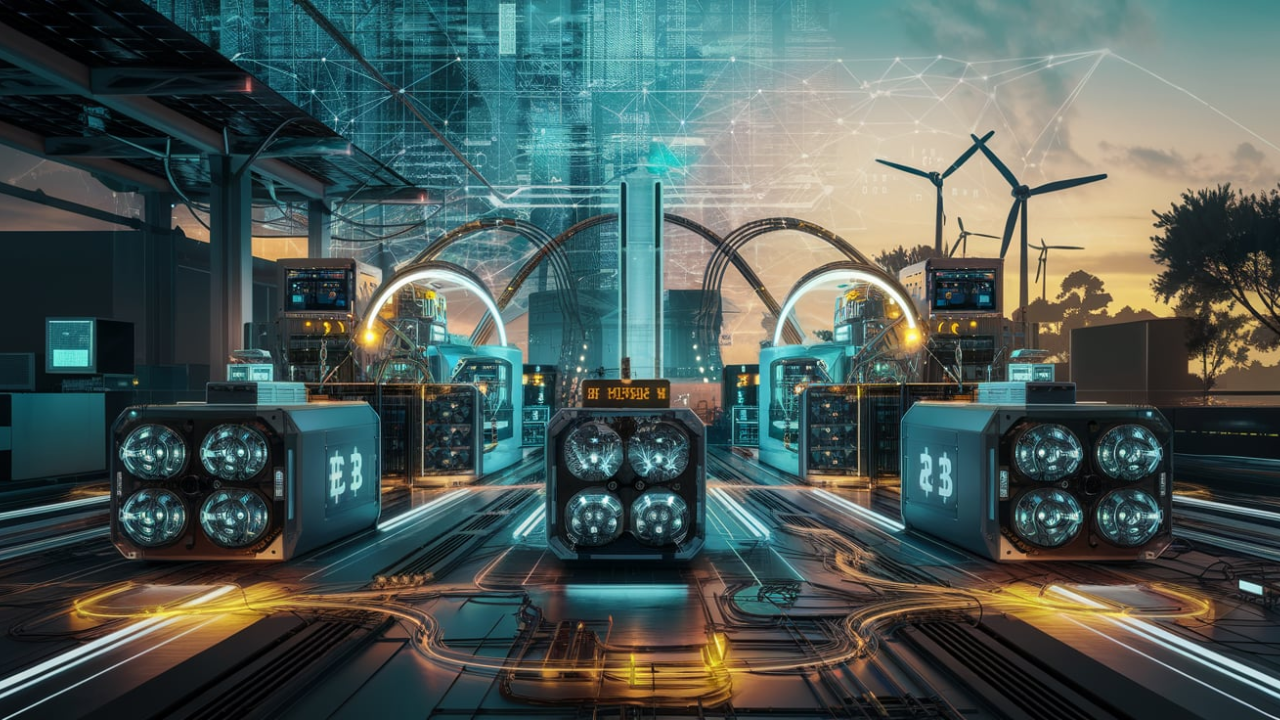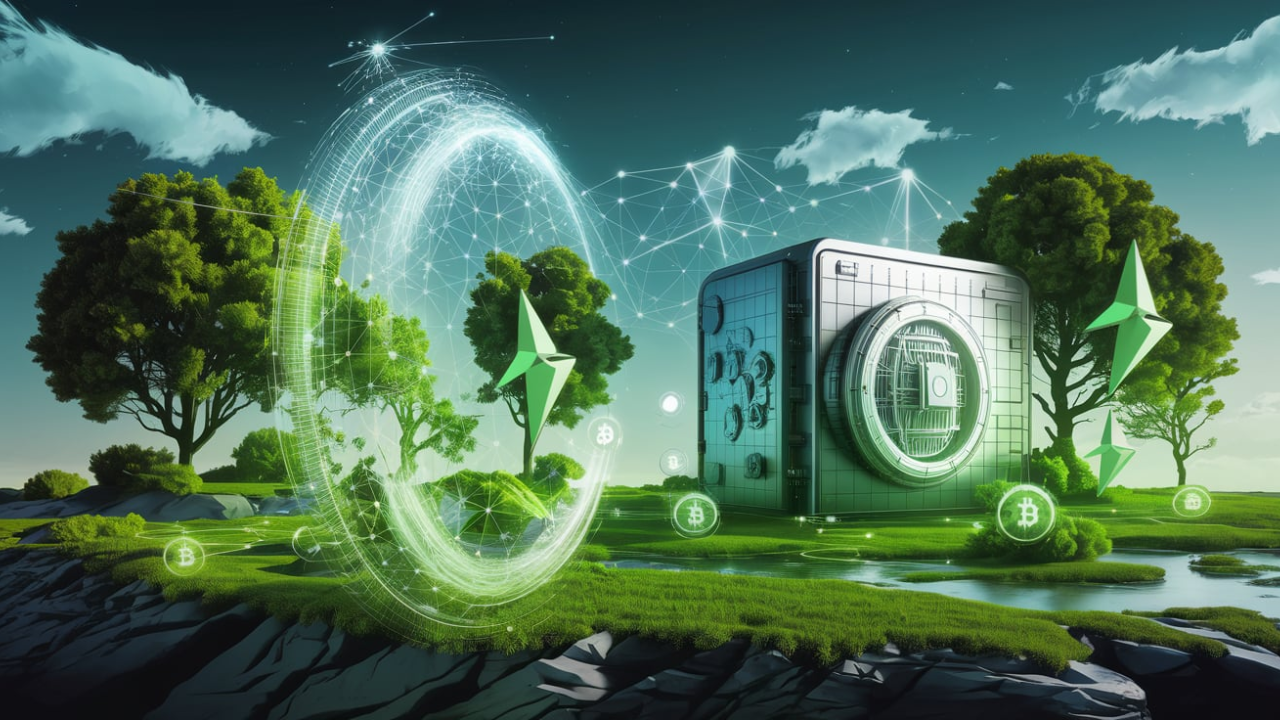Bitcoin mining is the backbone of the Bitcoin network. It is crucial in processing transactions, maintaining security, and introducing new bitcoins into circulation. But how does this complex process work, and why is it essential? Let’s explore.
Understanding Bitcoin Mining
Bitcoin mining is the process of validating and adding transactions to the Bitcoin blockchain. It involves solving complex mathematical puzzles using high-powered computers. Miners compete to solve these puzzles, and the first to find the correct solution adds a new block to the blockchain. As a reward, they receive newly minted bitcoins and transaction fees.
Table of Biography for What is Bitcoin mining and how does it work?
| Aspect | Details |
|---|---|
| Definition | Bitcoin mining is the process of validating transactions and securing the Bitcoin network through computational power. |
| Purpose | It ensures the integrity of Bitcoin transactions, prevents double-spending, and introduces new bitcoins into circulation. |
| Key Process | Miners solve cryptographic puzzles to add new blocks to the blockchain using a proof-of-work mechanism. |
| Mining Equipment | Specialized hardware such as ASICs (Application-Specific Integrated Circuits) is used for mining. |
| Energy Consumption | Mining requires significant electricity, raising environmental concerns and leading to a shift towards renewable energy. |
| Mining Rewards | Miners receive newly minted bitcoins and transaction fees as incentives for their efforts. |
| Difficulty Adjustment | The network adjusts mining difficulty every two weeks to maintain a consistent block production rate. |
| Profitability Factors | Depends on hardware costs, electricity expenses, Bitcoin’s market price, and mining difficulty. |
| Mining Pools | Groups of miners combine computational power to increase chances of earning rewards. |
| Future Trends | Innovations in hardware, energy-efficient mining, and potential shifts to alternative consensus mechanisms like proof-of-stake. |
The Role of Blockchain in Mining
The Bitcoin network operates on a decentralized ledger known as the blockchain. This ledger records every transaction made with Bitcoin. Miners ensure that transactions are verified and grouped into blocks before being added to the blockchain. This process prevents fraud and double-spending, maintaining the integrity of the network.

How Bitcoin Mining Works
The mining process consists of several essential steps:
- Transaction Verification: Miners collect pending transactions and verify their validity.
- Creating a Block: Verified transactions are grouped into a block.
- Solving the Cryptographic Puzzle: Miners must solve a complex mathematical problem, known as the proof-of-work (PoW) mechanism.
- Block Confirmation: The first miner to solve the puzzle broadcasts the new block to the network.
- Network Approval: Other miners validate the solution. Once confirmed, the new block is added to the blockchain.
- Reward Distribution: The successful miner receives a reward in the form of newly minted bitcoins and transaction fees.
Mining Equipment and Power Consumption
Bitcoin mining requires specialized hardware known as ASICs (Application-Specific Integrated Circuits). These machines are designed specifically for mining and offer superior efficiency compared to traditional computers.
However, mining is energy-intensive. It consumes large amounts of electricity, leading to concerns about its environmental impact. Some miners are transitioning to renewable energy sources, making Bitcoin mining more eco-friendly.
The Importance of Mining Difficulty
Bitcoin’s network adjusts mining difficulty approximately every two weeks. This ensures that blocks are added steadily, roughly every 10 minutes, regardless of the total mining power in the network. As more miners join, the difficulty increases, making it harder to mine new blocks.
Is Bitcoin Mining Profitable?
Bitcoin mining profitability depends on several factors:
- Hardware Costs: Powerful mining rigs can be expensive.
- Electricity Costs: Mining requires a significant amount of electricity.
- Bitcoin’s Price: The value of Bitcoin affects the profitability of mining rewards.
- Mining Difficulty: A higher difficulty means more competition and reduced chances of earning rewards.
Many miners join mining pools, where they combine resources and share rewards. This increases the chances of earning a steady income rather than relying on individual efforts.
The Future of Bitcoin Mining
With technological advancements, Bitcoin mining is constantly evolving. Introducing more efficient mining hardware and shifting toward sustainable energy sources aim to reduce its environmental footprint. Discussions about alternative consensus mechanisms, such as proof-of-stake (PoS), could reshape how cryptocurrencies are secured.

Deduction
Bitcoin mining is a fundamental aspect of the cryptocurrency ecosystem. It ensures security, validates transactions, and maintains Bitcoin’s decentralized nature. However, it requires significant investment and energy consumption. As technology advances, the industry will likely see further innovation, improving efficiency and sustainability. Whether you are an aspiring miner or a cryptocurrency enthusiast, understanding what Bitcoin mining is and how it works is crucial for navigating the digital currency landscape.


